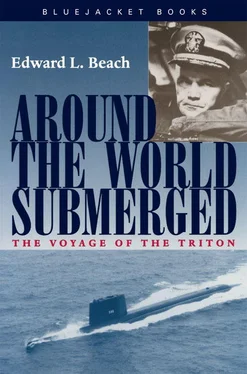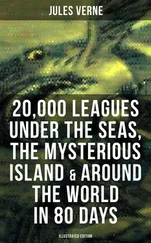Edward Beach - Around the World Submerged
Здесь есть возможность читать онлайн «Edward Beach - Around the World Submerged» весь текст электронной книги совершенно бесплатно (целиком полную версию без сокращений). В некоторых случаях можно слушать аудио, скачать через торрент в формате fb2 и присутствует краткое содержание. Город: Annapolis, MD, Год выпуска: 2001, ISBN: 2001, Издательство: Bluejacket Books, Жанр: military_history, Биографии и Мемуары, на английском языке. Описание произведения, (предисловие) а так же отзывы посетителей доступны на портале библиотеки ЛибКат.
- Название:Around the World Submerged
- Автор:
- Издательство:Bluejacket Books
- Жанр:
- Год:2001
- Город:Annapolis, MD
- ISBN:978-1-61251-198-6
- Рейтинг книги:5 / 5. Голосов: 1
-
Избранное:Добавить в избранное
- Отзывы:
-
Ваша оценка:
- 100
- 1
- 2
- 3
- 4
- 5
Around the World Submerged: краткое содержание, описание и аннотация
Предлагаем к чтению аннотацию, описание, краткое содержание или предисловие (зависит от того, что написал сам автор книги «Around the World Submerged»). Если вы не нашли необходимую информацию о книге — напишите в комментариях, мы постараемся отыскать её.
was commissioned in November 1959, its commanding officer, Captain Edward L. Beach, planned a routine shakedown cruise in the North Atlantic. Two weeks before the scheduled cruise, however, Beach was summoned to Washington and told of the immediate necessity to prove the reliability of the Rickover-conceived submarine. His new secret orders were to take the Triton around the world, entirely submerged the total distance.
This is Beach’s gripping firsthand account of what went on during the 36,000 nautical-mile voyage whose record for speed and endurance still stands today. It brings to life the many tense events in the historic journey: the malfunction of the essential fathometer that indicated the location of undersea mountains and shallow waters, the sudden agonizing illness of a senior petty officer, and the serious problems with the ship’s main hydraulic oil system.
Intensely dramatic, Beach’s chronicle also describes the psychological stresses of the journey and some touching moments shared by the crew. A skillful story teller, he recounts the experience in such detail that readers feel they have been along for the ride of a lifetime.
Around the World Submerged — читать онлайн бесплатно полную книгу (весь текст) целиком
Ниже представлен текст книги, разбитый по страницам. Система сохранения места последней прочитанной страницы, позволяет с удобством читать онлайн бесплатно книгу «Around the World Submerged», без необходимости каждый раз заново искать на чём Вы остановились. Поставьте закладку, и сможете в любой момент перейти на страницу, на которой закончили чтение.
Интервал:
Закладка:
For the next month or so I dreaded the receipt of mail, for the Log of our journey had been made public by the Navy Department, and, of course, our error was plain for anyone to see. But only one person, a woman Latin teacher, very courteously and tactfully wrote to point out the mistake.
There were, of course, several other loose ends to wrap up: Poole, thoroughly examined aboard the Macon and later at a hospital in Montevideo, needed no operation. His third attack, which had precipitated our decision to seek medical assistance, had been his last—even as he himself had predicted. He had had a pretty rough time from curious friends in New London, and to his credit had said nothing to anyone.
Our fathometer, when inspected, brought an embarrassed frown to the faces of Triton ’s builders. The cables connecting its head, in our bulbous forefoot, to the receiver in our control room, had been laid in an unprotected conduit through our superstructure which by mischance was subjected to severe water turbulence when the ship made high speed. Exposed thus to constant buffeting from the water, one by one the cables had ruptured. This will never happen again.
The return of our hydro papers to the Navy Oceanographic Office (to give it its new title—our Navy is constantly changing the names of things) has been rather disappointing. Only a few of the 144 we launched have come back. Possibly their finders are keeping them, in their pretty orange bottles, as souvenirs of Triton ’s voyage.
So far as Carbullido was concerned, Triton kept her promise. The problem was broached to Pan American Airways, and, aided and abetted by various company officials with a warm heart for the Navy, a magazine article about our cruise was sold for exactly the cost of a round-trip ticket to Guam. Carbullido got home on Christmas day, 1960, with sixty days’ leave in his pocket. His father had recently purchased a gasoline station; so the dutiful Carbullido spent his time on Guam pouring gasoline into the gas tanks of automobiles.
The concern I had about the young man who saw our periscope in Magellan Bay is still not completely dissipated. There were no repercussions from the Philippines awaiting us in New London, but after a few months the National Geographic Society believed our friend in the dugout canoe had been located. His photo did not, however, greatly resemble the lad our photographic party snapped on the other side of the world, and his name was the same as that of the local Chief of the Constabulary. Rufino Baring, if it was indeed he, thought he had seen a sea serpent that day, and, in terror, had kept his entire encounter with us a secret.
Commander Will Adams has his own command, the brand-new Plunger, under construction at Mare Island, California, and I expect we shall hear more of her in due course. Les Kelly, also a Commander, has another year or so in command of Skipjack. As this is written, the only one of Triton ’s circumnavigation wardroom still in the ship is Tom Thamm, now a Lieutenant Commander and no doubt destined to become the Old Man of the Ship, the oldest plank-owner, as I was of my long-dead Trigger.
As these final words are written, Triton is again at sea, under a different Commanding Officer. In a few more months, she will no longer hold the title of being the world’s biggest submarine, for the first of the new and heavier Lafayette-class ballistic-missile submarines will soon be commissioned. But for a very long time to come, Triton will continue to serve our country to the best of her tremendous and versatile capability, wherever the need may arise. As is true with all naval vessels, she will have a succession of skippers, and a succession of different people will form her crew. Time will slowly erode her newness and freshness, and the diverse requirements of the national policy will send her hither and yon throughout the waters of the world, charting new courses or following courses charted by others, as the case may require.
The members of Triton ’s crew who made the voyage with her are already largely dispersed to other assignments, many of them to other submarines. Some of them are, at this very moment, on patrol in ballistic-missile submarines, helping to safeguard America’s ideal of freedom and humanity. Some, having served long and faithfully in the Navy and the Submarine Force, have retired to civilian life.
As time goes on, more and more of us will retire, but in future years, all of us, like myself—though perhaps no one so much as I—may have occasion from time to time to reflect upon the events of this first voyage of the Triton. As we do, we will no doubt find our accomplishment pale beside far greater deeds as yet unaccomplished on or beyond this earth. For as soon as the capability is there, man will do what needs to be done so that earth and the spirit of man will both benefit therefrom.
USS TRITON (SSR(N)586)
Data Sheet Appendix to First Submerged Circumnavigation Certificate
Exact mileage—nearest mile and nearest hours—(All “days” calculated on 24 hour basis) for:

ADMINISTRATIVE REMARKS
Know ye that on this 24th day of February 1960, as TRITON set course southwestward on the first leg of her submerged circumnavigation of the world,
appeared in the realm of Neptunus Rex, on board USS TRITON (SSR(N)586) as she crossed the equator in the vicinity of St. Peter and St. Paul’s Rocks, mid-Atlantic Ocean, Longitude 29°—32´. 8 West; and
WHEREAS,
after due ceremony and examination he was found worthy to be reckoned as a member of the Ancient Order of the Deep and the Royal Order of SHELLBACKS; and
WHEREAS,
during this historic, record-setting submerged cruise of more than 36,000 miles, he crossed the equator thrice more … viz:
At Longitude 155°—54´.8 West, mid-Pacific, near Christmas Island.
At Longitude 119°—05´.1 East, Makassar Strait, between the Celebes and Borneo.
At Longitude 28°—03´.0 West, mid-Atlantic, again near St. Peter and St. Paul’s Rocks; and
WHEREAS,
on each crossing and visit to my realm, he was found still worthy to be my subject, now
THEREFORE, I, Neptunus, Ruler of the Raging Main, do solemnly command all my loyal subjects to honor and respect this trusty SHELLBACK, for he is one who has received special favor in my sight for having crossed the equator submerged four times on this First Submerged Circumnavigation of the World.
Authenticated: Wm. ADAMS, JR. LCDR, USN Executive Officer LOYD L. GARLOCK Chief Fire Control Technician United States Navy NEPTUNUS, REXPHOTOGRAPHS











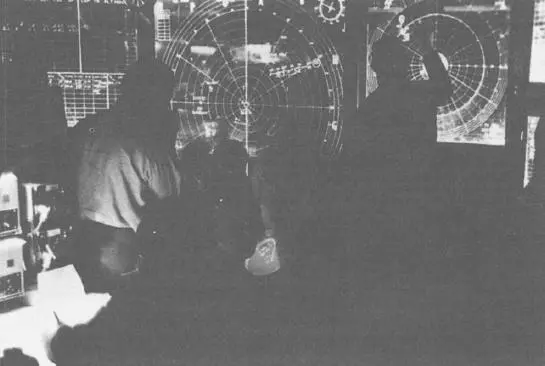



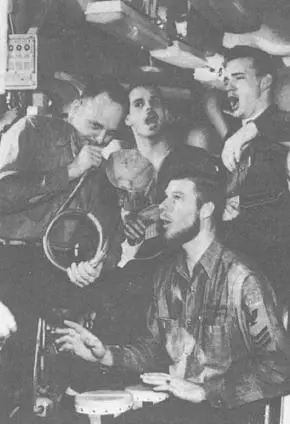


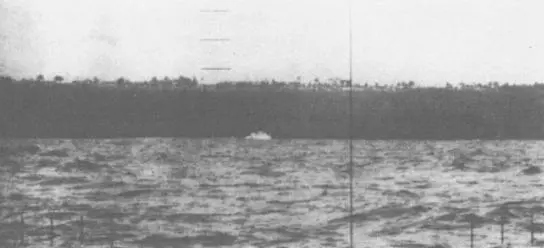







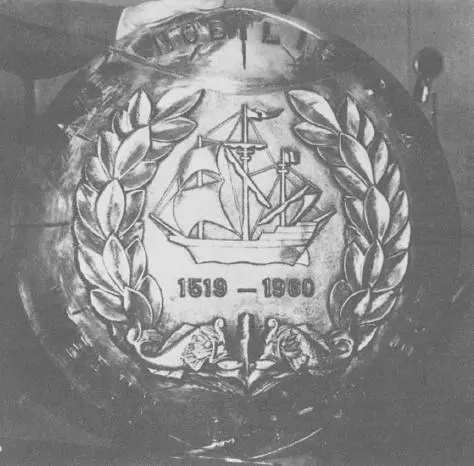
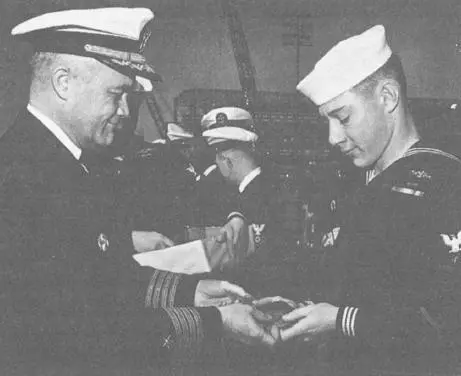

About the Author
Интервал:
Закладка:
Похожие книги на «Around the World Submerged»
Представляем Вашему вниманию похожие книги на «Around the World Submerged» списком для выбора. Мы отобрали схожую по названию и смыслу литературу в надежде предоставить читателям больше вариантов отыскать новые, интересные, ещё непрочитанные произведения.
Обсуждение, отзывы о книге «Around the World Submerged» и просто собственные мнения читателей. Оставьте ваши комментарии, напишите, что Вы думаете о произведении, его смысле или главных героях. Укажите что конкретно понравилось, а что нет, и почему Вы так считаете.
